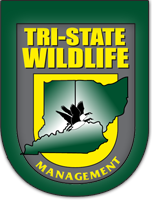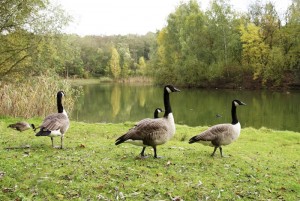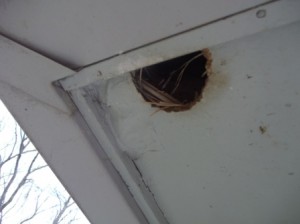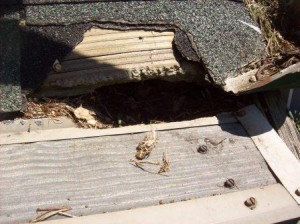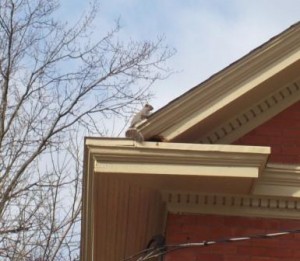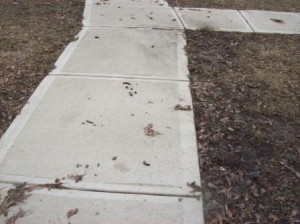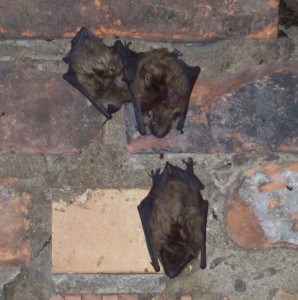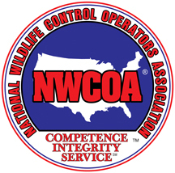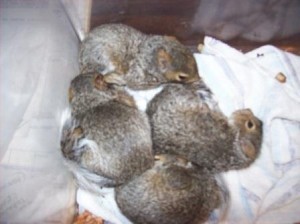Tri-State Wildlife Management offers professional, ethical, and legal bat removal and exclusion services to the northern Kentucky area. Give us a call at 859-635-0037. We service Campbell, Kenton, and Boone counties, as well as the Cincinnati / Southeast IN area.
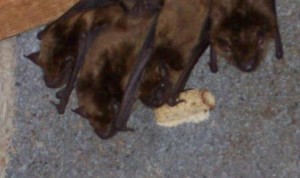
Bat Removal Northern Kentucky
Summertime brings with it many pleasant experiences –vacations, grill outs, swimming, boating, mosquitoes, bats –er wait…come again? Okay, so although summer has its benefits, we also must recognize its drawbacks. Oftentimes summer evenings are plagued by unwanted guests –mosquitoes. You might also sight another air bound creature having its own feast –bats.
Bats are great mammals to have around, as they hunt mosquitoes and other insects at dusk, just when insects’ presence are at their climax. However, bats become unwelcome guests when they find a nice comfortable home in your home or business, entering through construction gaps, unsecured louver vents, chimneys, or any hole larger than 3/8 inches. Homes and buildings are great places for bats to use as maternal roosts, which is a place to raise their young before they are able to fly. If your home or business is occupied by bats, you may witness bats going in and out, or bat droppings (guano) underneath the bats’ main entrance(s). The end of June/beginning of July marks the time of year when juvenile bats are able to leave their roosts for night feedings on insects, so Tri-State Wildlife Management unsurprisingly has seen a spike in bat calls.
What should you do if you find yourself sharing your home or business with bats? Tri-State Wildlife Management offers a solution to your bat problem. The phone at TSWM is ringing off the hook, and lately, bats are the main reason for all of the phone calls. How can Tri-State Wildlife Management help? Our courteous staff will work for you to provide a cost effective solution to your bat intrusion or damage issue. As a full service company we will initiate an Integrated Management Plan beginning with a full bat inspection and customer education followed by bat removal and exclusion, clean-up, repair/restoration and prevention. During this process, no bats are harmed and they easily find another place to lodge nearby.
Bats are protected under federal and state law; however, Tri-State Wildlife Management has the expertise and experience to offer legal and humane exclusions and repairs. A bat’s seasonal cycle, such as roosting and dispersal periods, affect how and when they can be removed from your home or business. Full bat exclusion is not permissible until approximately mid-August in order to ensure that all juveniles are able to fly out of a structure. Bat entry points should only be repaired after ensuring that all bats have left the structure. A biologist on staff with your state’s Fish and Wildlife division gives the final okay as to when total bat exclusion can commence. Since a bat’s persistence often results in them attempting to use new entry points into a structure after their main entry is sealed, Tri-State Wildlife Management offers effective solutions to this issue as great. All attics if not sealed properly run the risk of needing bat removal at one time or another. A contractor’s or homeowner’s repairs and materials may not keep bats out of your home. Wildlife grade materials properly installed by TSWM are guaranteed. When addressing a bat issue in your home or business, best practices should always be used. The experienced professionals at Tri-State Wildlife Management will provide you with a cost effective solution to your bat issue.
Tri-State Wildlife Management is fully licensed and insured.
